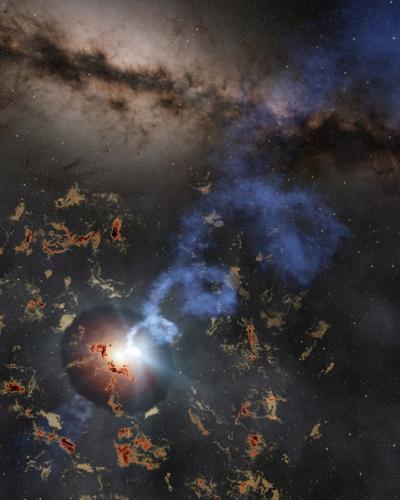The bright, brief flashes – as short as a few minutes in duration, and as powerful as the original explosion 100 days later – appeared in the aftermath of a rare type of stellar cataclysm that the researchers had set out to find, known as a luminous fast blue optical transient, or LFBOT.
Since their discovery in 2018, astronomers have speculated about what might drive such extreme explosions, which are far brighter than the violent ends massive stars typically experience, but fade in days instead of weeks. The research team believes the previously unknown flare activity, which was studied by 15 telescopes around the world, confirms the engine must be a stellar corpse: a black hole or neutron star.
“We don’t think anything else can make these kinds of flares,” said Anna Y.Q. Ho, assistant professor of astronomy in the College of Arts and Sciences. “This settles years of debate about what powers this type of explosion, and reveals an unusually direct method of studying the activity of stellar corpses.”
Read the full article here.





